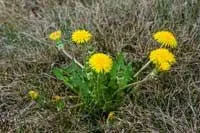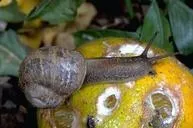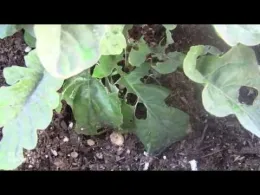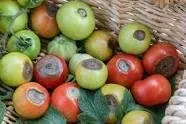Dandelion
When true Spring finally envelops us, weeds pop up. Weed is an interesting word. It conjures up the negative but also the positive aspects of plants that have developed reproductive systems which disperse seeds by the thousands. Many will end up where the home gardener may not appreciate them.

For example, the dandelion. It made its way from England and now resides in California as Taraxacum officinale. A perennial, it prefers sun but can eventually acclimate to some shade. The plant has no true stem but, instead, a long taproot produces serrated leaves at the base of the plant. (Serrated leaves gave inspiration to French speakers who began to call the plant ‘dente de lion' or tooth of the lion, hence, in English, dandelion.) The yellow head, known as the inflorescence in science-speak, appears at the terminal end of a stalk, and contains hundreds of ray flowers. The seeds will eventually form the puffball that the wind spreads far and wide.
Not in the mood for dandelions in your garden or lawn? Acquire a simple tool called a dandelion knife which, with practice, will enable you to remove the entire tap root. Check out the link below for other methods.
More information may be found here --> Dandelions
Snails & Slugs
Have you ever watered your garden at night, gingerly stepping around snails and slugs on a wet walkway? And then observing as they slowly move to a nourishing meal provided by your plants? Snails and slugs are mollusks; the most


The management of snails and slugs takes many forms. Methods range from selecting plants with highly scented foliage and woody stems, to handpicking, or luring into traps. Irrigation method matters; drip irrigation is more effective.
More information may be found here >>>>> Snails
Blossom-End Rot
Summer arrives, the vegetable garden is planted and who isn't craving a fresh aromatic tomato? We watch as the fruit develops, with visions of salads and sauces containing the fruit of our labors. And then water-soaked spots dare to appear at the end of one or more of the fruits. The spots turn brown and leathery and begin to enlarge until they cover half of the tomato. Looks awful; what went wrong?

Blossom-end rot on tomatoes is a physiological disorder that is not caused by a microorganism. Proper care of the plant may prevent any sign of the disorder. The tomato fruit is most susceptible to BER while it is still green and has only reached 1/3 to 1/2 of its growth. A deficiency of calcium within the fruit itself may be the culprit and there are ways to prevent this from happening: spread mulch around the base of the plant, irrigate consistently to prevent water stress, fertilize with a balance of phosphorus and nitrogen, and avoid over-watering when very hot, dry weather sets in. Using preventative cultural practices is a key to tasty tomatoes!

